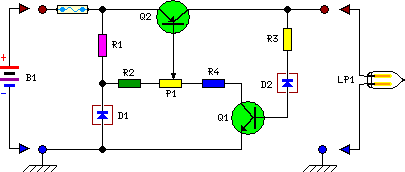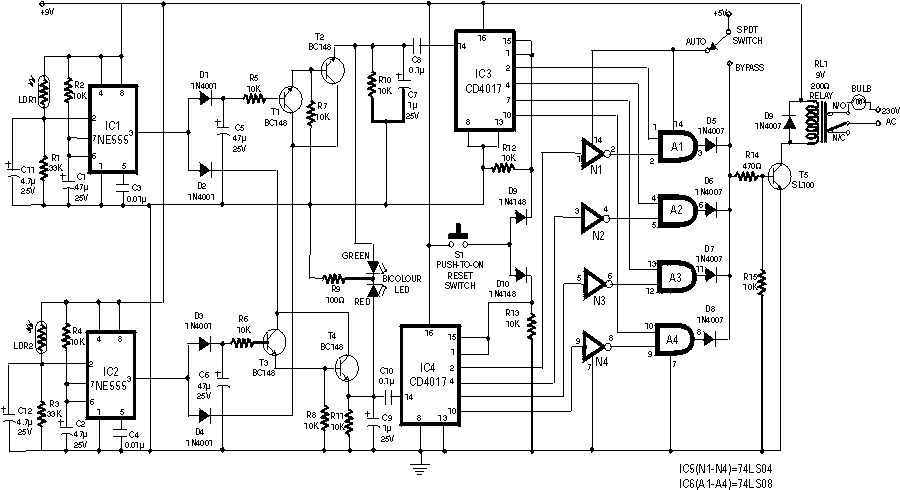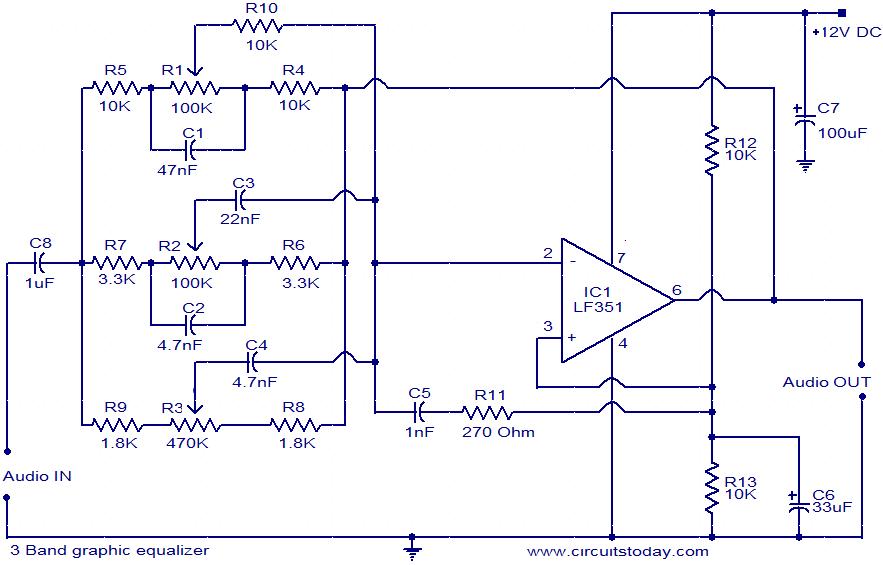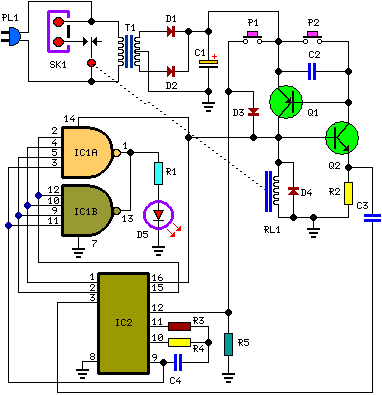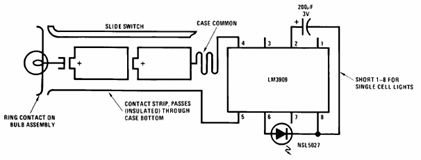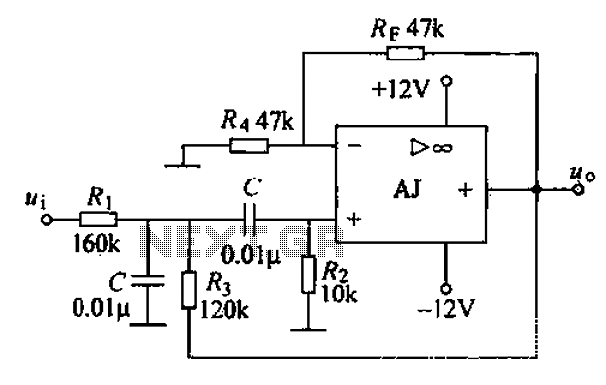
Mains under voltage voltage protection circuit
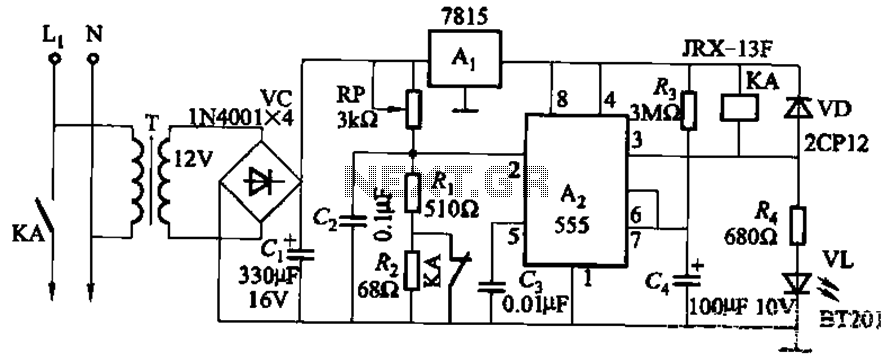
This circuit is applicable in refrigerators and other protective devices. It employs a 7815 three-terminal voltage regulator integrated circuit and an NE555 timer IC configured as a one-shot circuit for delay control. When the voltage drops below 180V, relay KA is deactivated, severing the power supply to the load while illuminating the light-emitting diodes (LEDs) VL. When the city power is restored after an outage, the protection circuit, which can be adjusted using the potentiometer RP, allows relay KA to activate after a delay of 3 to 5 minutes.
This circuit design serves as an effective protective measure for appliances such as refrigerators, ensuring they are safeguarded against voltage fluctuations. The 7815 voltage regulator provides a stable output voltage of 15V, which is crucial for powering the control circuitry. The NE555 timer is configured in monostable mode, providing a programmable delay for the relay activation.
The operation begins with the monitoring of the input voltage level. A voltage divider may be employed to feed the input voltage to the NE555 timer. When the voltage drops below 180V, a comparator circuit triggers the NE555 timer, causing relay KA to release. This action disconnects the load, preventing potential damage due to inadequate voltage supply. Simultaneously, the LEDs (VL) illuminate, providing a visual indication of the power interruption.
Upon restoration of the city electricity, the circuit remains inactive for a set delay period, adjustable via the potentiometer RP. This delay is essential to prevent immediate reconnection of the load, which could cause further issues if the voltage remains unstable. After the delay period of 3 to 5 minutes, the NE555 timer resets, allowing relay KA to activate and reconnect the load safely.
Overall, this circuit provides a reliable solution for protecting sensitive electronic devices from low voltage conditions, with adjustable delay settings to optimize performance based on specific application needs.It can be used in refrigerators and other protection. It uses a 7815 three-terminal voltage regulator integrated fixed and Ai 555 IC Az (one-shot circuit for delay control). When the electricity is lower than 180V, the relay KA release, cut off the power to the load while light emitting diodes VL. When the city electricity when power outage is restored, the protection circuit to be (set by the potentiometer RP) after 3-5min to make KA pull.
This circuit design serves as an effective protective measure for appliances such as refrigerators, ensuring they are safeguarded against voltage fluctuations. The 7815 voltage regulator provides a stable output voltage of 15V, which is crucial for powering the control circuitry. The NE555 timer is configured in monostable mode, providing a programmable delay for the relay activation.
The operation begins with the monitoring of the input voltage level. A voltage divider may be employed to feed the input voltage to the NE555 timer. When the voltage drops below 180V, a comparator circuit triggers the NE555 timer, causing relay KA to release. This action disconnects the load, preventing potential damage due to inadequate voltage supply. Simultaneously, the LEDs (VL) illuminate, providing a visual indication of the power interruption.
Upon restoration of the city electricity, the circuit remains inactive for a set delay period, adjustable via the potentiometer RP. This delay is essential to prevent immediate reconnection of the load, which could cause further issues if the voltage remains unstable. After the delay period of 3 to 5 minutes, the NE555 timer resets, allowing relay KA to activate and reconnect the load safely.
Overall, this circuit provides a reliable solution for protecting sensitive electronic devices from low voltage conditions, with adjustable delay settings to optimize performance based on specific application needs.It can be used in refrigerators and other protection. It uses a 7815 three-terminal voltage regulator integrated fixed and Ai 555 IC Az (one-shot circuit for delay control). When the electricity is lower than 180V, the relay KA release, cut off the power to the load while light emitting diodes VL. When the city electricity when power outage is restored, the protection circuit to be (set by the potentiometer RP) after 3-5min to make KA pull.
